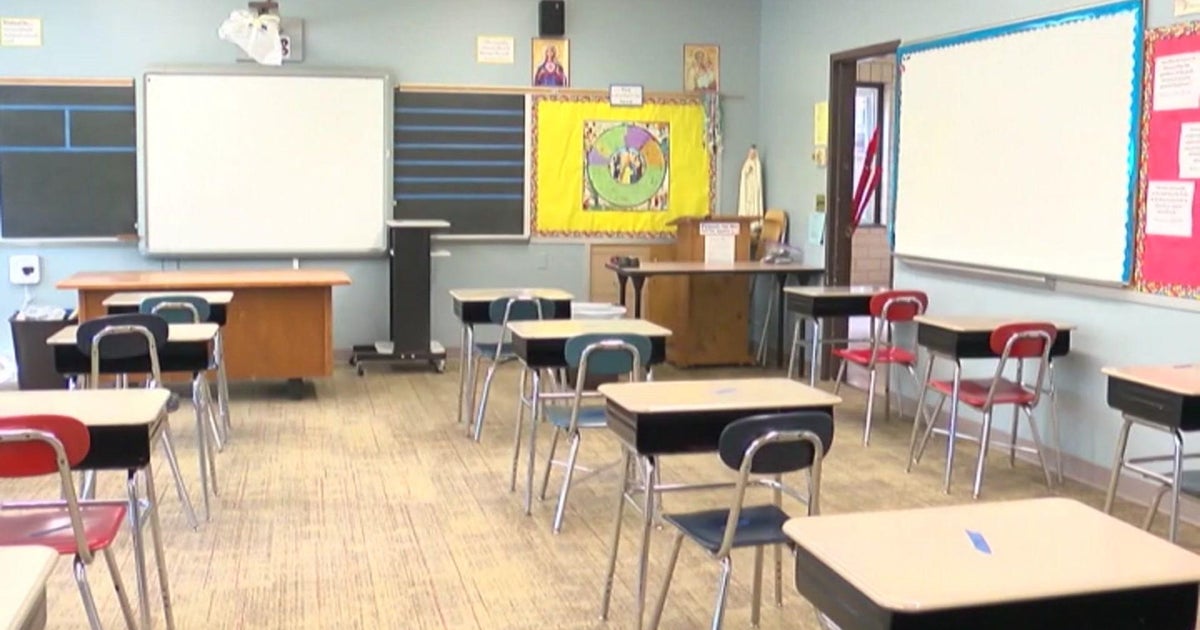Group Wants CPR Training Required For Students
DALLAS (AP) - Learning CPR at school has given 14-year-old Olivia Frierson more confidence when she babysits or helps out at a church nursery.
"I'm not as worried if something would happen," said Olivia, a ninth-grader at Shaker Heights High School in suburban Cleveland.
The American Heart Association thinks there should be more students like Olivia. It wants states to require high school students to learn how to give CPR and use an automated external defibrillator before they graduate.
That would "create a generation that could be trained, ready and willing to act," said Mary Fran Hazinski, a professor at Vanderbilt University School of Nursing in Nashville, Tenn.
She's one of the authors of an advisory released Monday that the heart group developed with the American Academy of Pediatrics and the American College of Emergency Physicians. It calls for state legislatures to require students to get CPR and AED training before graduating from high school.
At least 36 states either require or encourage cardiopulmonary resuscitation training in schools, according to the heart group. However, that ranges from suggesting that students recognize the steps of CPR to requiring certification.
Sudden cardiac arrest -- when the heart suddenly stops beating -- is a leading cause of death in the U.S. The heart association says an estimated 300,000 cardiac arrests occur outside the hospital each year. Survival, which varies greatly from region to region, is estimated to be only about 8 percent on average.
"Bystander CPR can double or triple survival," said Hazinski.
By teaching students CPR and how to use a defibrillator, "They'd be available to respond at home, in public places like malls and health clubs," she said.
At Shaker Heights High School, students learn those skills during a four-week program that's part of a physical education class, said Stuart Gilbert, head of the school's health and PE department. They also learn how to help choking victims.
While the CPR program isn't required for graduation, the majority of the ninth-graders take the PE class, he said.
The students are at a "perfect age" for the classes, he said, because they're babysitting and getting other jobs that require such skills, like being a lifeguard.
"We give them the knowledge and confidence to know -- when they are in a situation -- they know how to handle it," he said.
In recent years, CPR guidelines have been revised to put more emphasis on chest compressions. Untrained bystanders or those unwilling to do mouth-to-mouth are encouraged to do hands-only CPR until paramedics arrive or a defibrillator is used to restore a normal heart beat.
The easier approach should help people remember their training, said Dr. Ahamed Idris of the University of Texas Southwestern in Dallas.
"I think we've simplified it enough that people will be less worried that they'll make a mistake and it'll stick with them for a much longer time," he said.
(© Copyright 2011 The Associated Press. All Rights Reserved. This material may not be published, broadcast, rewritten or redistributed.)



